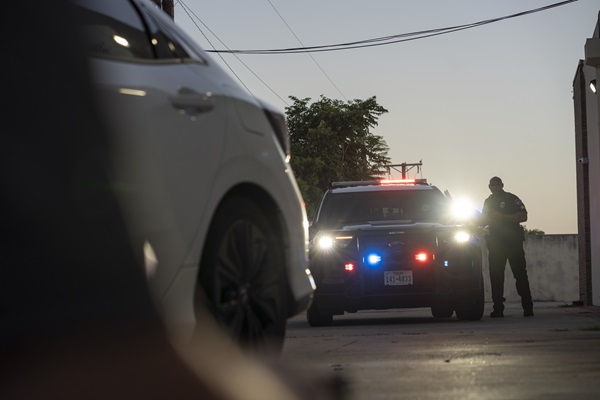During the second year of the COVID-19 pandemic, public safety — like many other sectors — became even more interconnected to address rapidly-changing community needs and organizational requirements. Although this helped quickly scale remote workforces and reduce costs, it also created new cybersecurity risks and intensified existing risks. As a result, a new report from Motorola Solutions finds that cybersecurity threats to public safety became more sophisticated, persistent and widespread in 2021.
Ransom payments increased 82 percent globally, while the fallout from extortion attacks increased due to the added technique of data theft, in which cyber criminals released data publicly or sold it on dark web markets regardless of whether or not organizations that they victimized paid the ransom. Dependable, secure emergency services —essential to combatting the pandemic and keeping citizens safe from other everyday dangers — became even more enticing targets to cyber criminals.
The “2021 Cyber Threats to Public Safety: Product Focus” report examines the threats targeting public safety, the systems that are at most risk and recommendations on how to prevent and respond to these attacks. Here are just a few of the highlights from the 22-page report, which was compiled by the Motorola Solutions Threat Intelligence Team to share research, analysis and insights with public safety organizations.
PSAPs Remain Most Frequent Public Safety Target
Public Safety Answer Points (PSAPs), essential for routing emergency calls such as 9-1-1 and first responder communications, remained the most frequent public safety target in 2021. PSAPs were most commonly hit with low-impact Telephony Denial-of-Service (TDoS) attacks.
Evolving technology, such as IP-based telephone networking services that use the Internet instead of the public switched telephone network (PSTN), has brought benefits such as lower costs, streamlined infrastructure and scalability. However, they’ve also increased the need for additional security considerations. Attacks on PSAPs appeared to increase, but because these attacks are rarely divulged, it could also be that more organizations reported them. Attacks can degrade or potentially disable call-taking and handling services, which are critical parts of public safety.
Land Mobile Radio at Increased Risk
Land mobile radio (LMR), a historically isolated technology, is becoming more at risk of cyber attacks. Malware infections and ransomware attacks on LMR went up slightly in 2021 in the form of Broadcast-Denial-of-Service (BDoS) attacks. The increase in BDoS attacks was likely due to protests and societal unrest. As we noted in last year’s report, because reported instances of compromise or targeting are rare, this has often created a false sense of security.
Both types of attacks led to denial-of-availability (DoA), disrupting over-the-air communications and encrypting radio management servers. In many of these instances, this was especially dangerous because cellular devices aren’t reliable in certain environments if service is disrupted or limited.
Video Surveillance Threat Surface Increases
The video surveillance threat surface is increasing with the shift from analog to IP-based systems. This has introduced new risks that may not be fully understood by agencies and managers less familiar with cyber threats, leading to many fixed surveillance systems going unpatched, unmonitored and unsecured.
Unpatched systems are easy targets for remote cyber attacks exploiting known vulnerabilities. If systems aren’t monitored, attacks and attempted attacks may go unnoticed until damage is done. In some cases, surveillance camera networks are used by attackers intending to get a foot in the door and then move into other adjacent networks.
Summary
As the second year of the COVID-19 pandemic draws to a close, cybersecurity teams are working even harder to defend public safety systems against cyber criminals, nation-states, hacktivists and other threat actors. Increased integration of data and systems offer many advantages, but introduce more risk and a larger attack surface to defend, requiring new levels of awareness.
As both the leading provider of solutions and cybersecurity services for public safety, Motorola Solutions is uniquely placed to gather and generate deep insights into cyber threats.
Read the full report to explore insights and learn best practices to make public safety services more secure in 2021 and beyond.
Download the report – 2021 Cyber Threats to Public Safety: Product Focus now.




